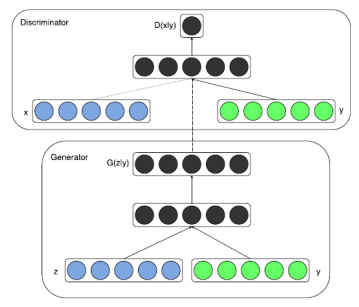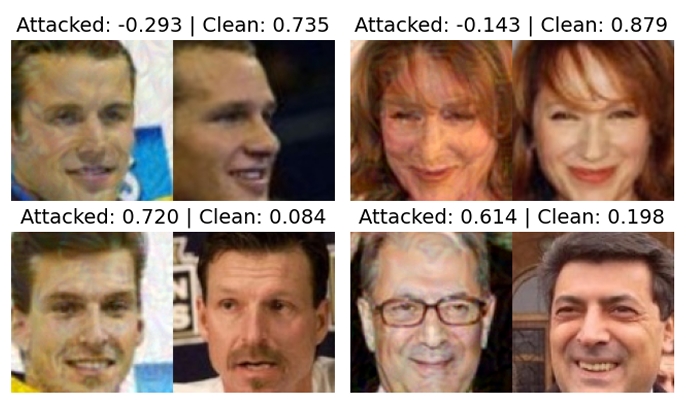
Featured in:
MD Thesis
Authors:
Telmo Cunha
In the modern era, images have emerged as powerful tools for concealing information, giving rise to innovative methods like watermarking and steganography, with end-to-end steganography solutions emerging in recent years. However, these new methods presented some issues regarding the hidden message and the decreased quality of images. Additionally, the majority steganography and watermarking methods are only applicable to digital images, since printing or any other physical transformation will destroy the hidden data. This dissertation project investigates the efficacy of noise simulation methods and deep learning methods to improve the resistance of steganography to printing. The research develops an end-to-end printer-proof steganography solution, with a particular focus on the development of a noise simulation module capable of overcoming distortions caused by the transmission of the print-scan medium. Through the development, several approaches are employed, from combining several sources of noise present in the physical environment during printing and capture by image sensors to the introduction of data augmentation techniques and Self-Supervising learning to improve and stabilize the resistance of the steganography solution neural network. Through rigorous experimentation, a significantincrease in the robustness of the neural network was obtained by adding noise combinations while maintaining the performance of the neural network. Thereby, through these experiments, it was proven that noise simulation can provide a robust and efficient method to improve printer-proof steganography.
Content type: Thesis Presentation
Link: here
Upload Date:2024-10-13T13:55


© 2024 VISTeam | Made by Black Monster Media

Institute of Systems and Robotics Department of Electrical and Computers Engineering University of Coimbra